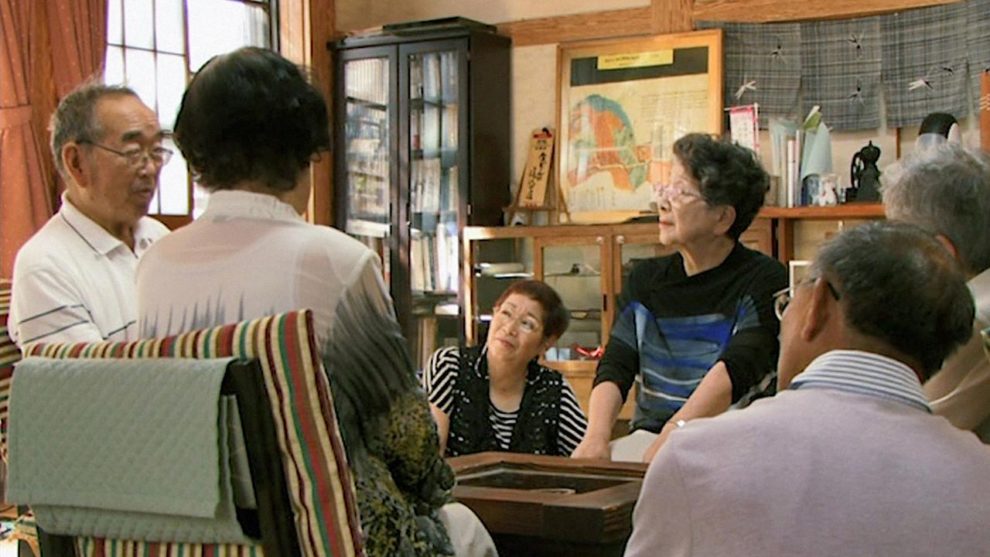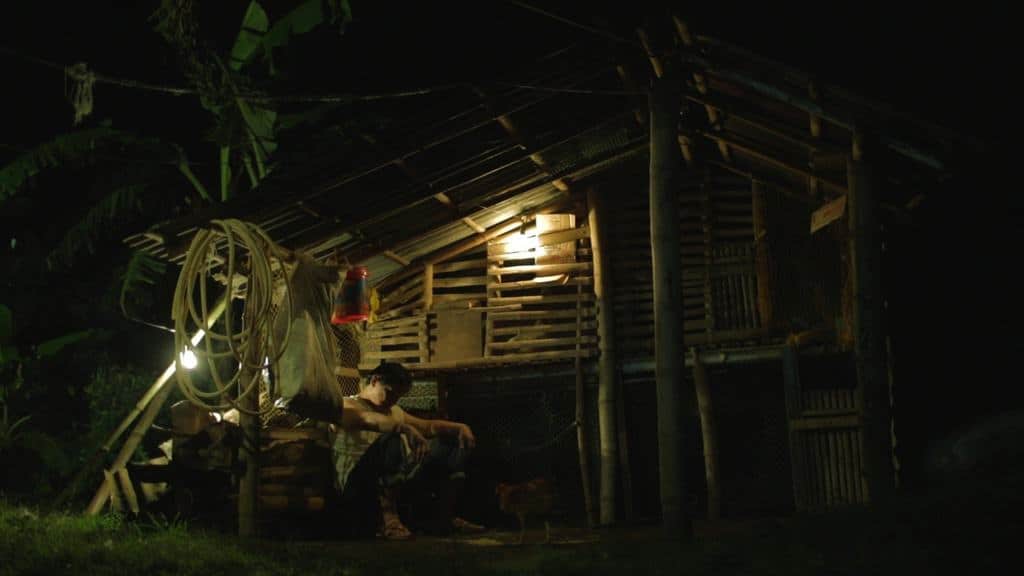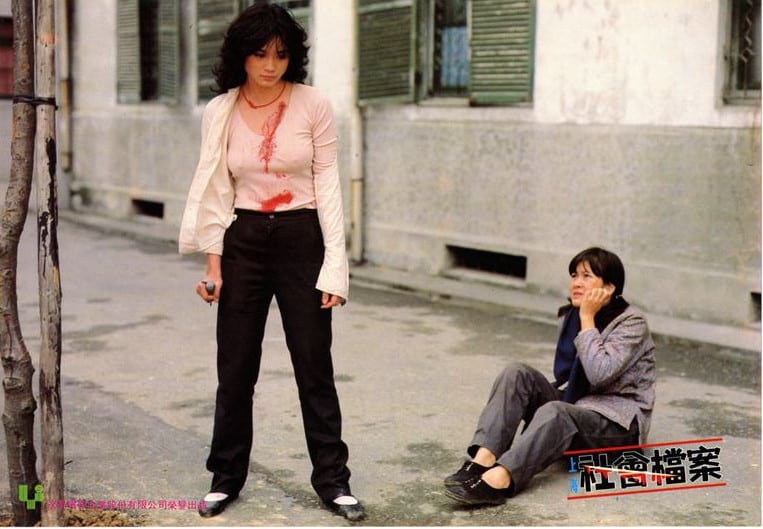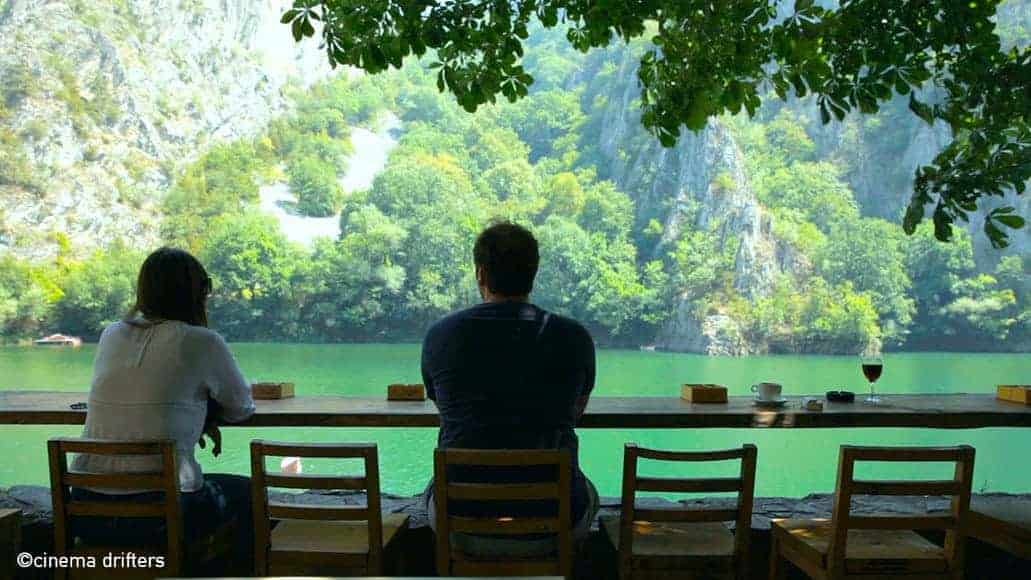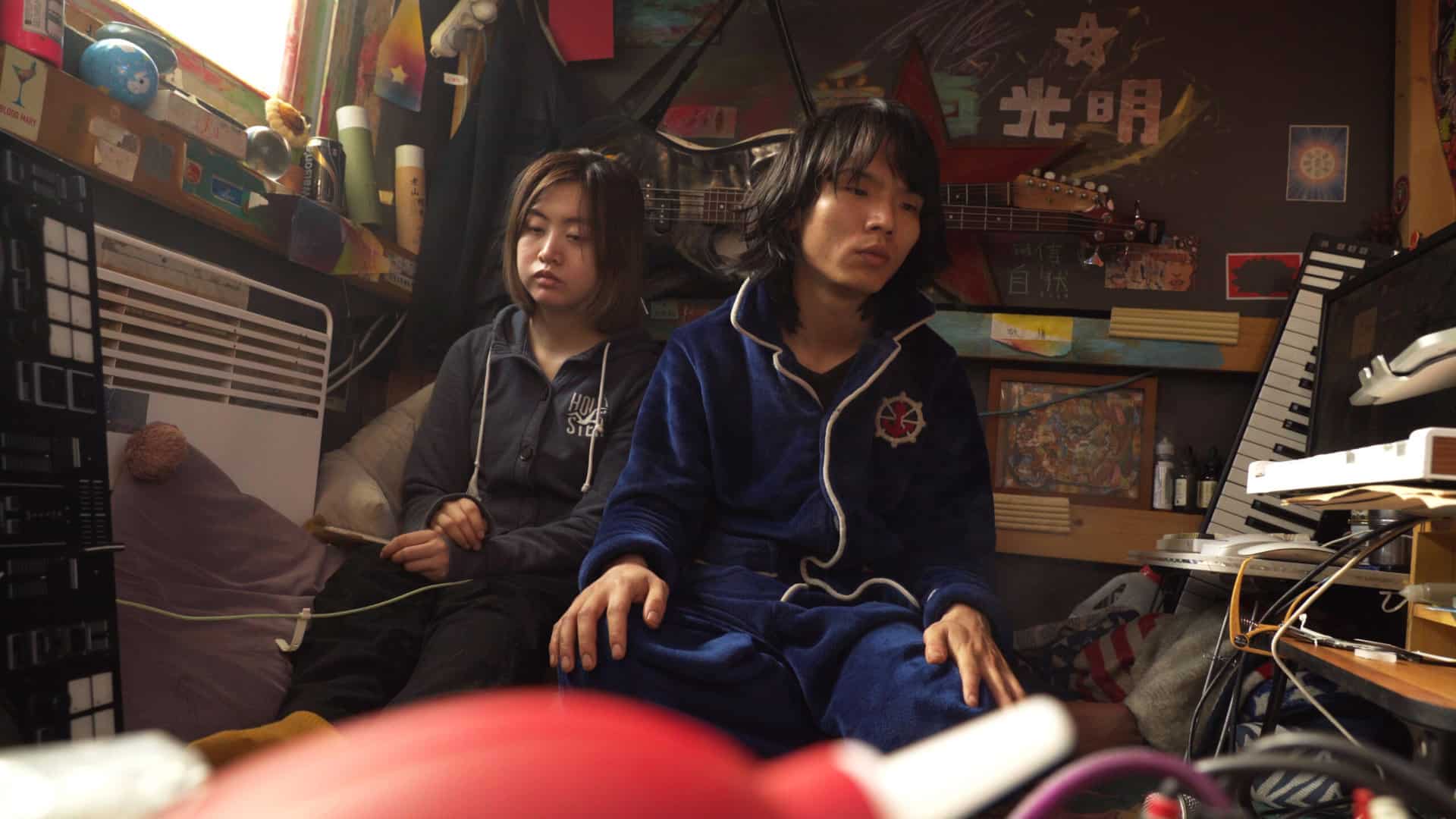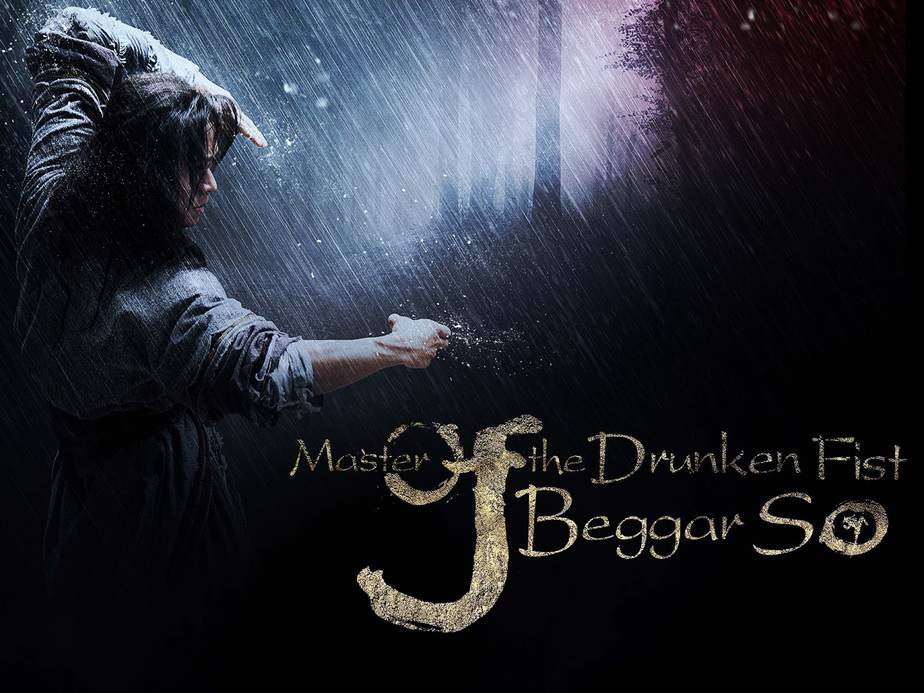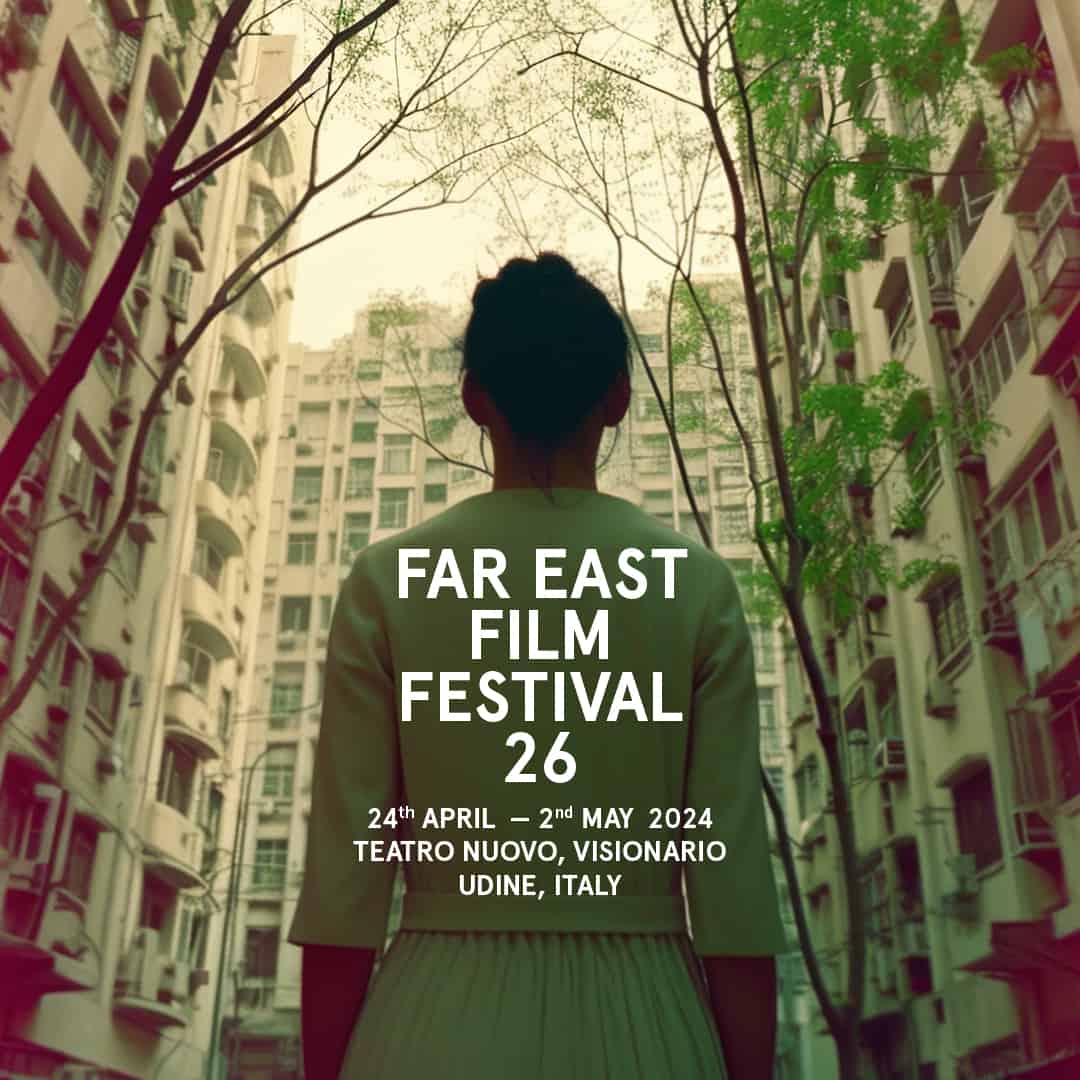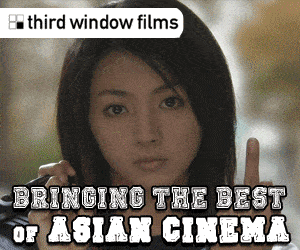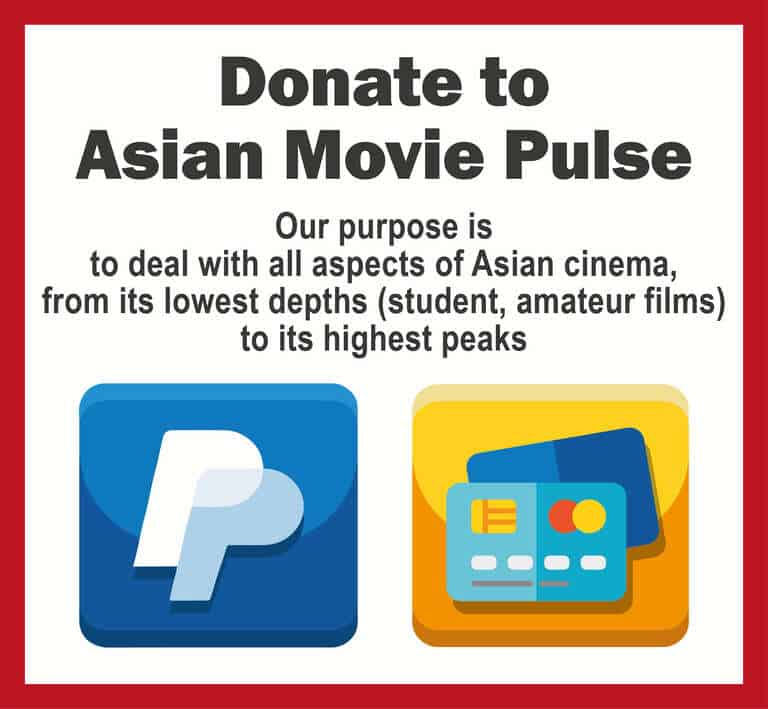From 2011 to 2013, Ryusuke Hamaguchi and Ko Sakai conducted a series of interviews and conversations with residents of the northern region of Tohoku, an area which was heavily hit by both the earthquake and tsunami of March 2011. Their research resulted in three films that eventually became the Tohoku Trilogy: “The Sound of the Waves”, “Voices from the Waves” and the current one, “Storytellers” which focuses on a number of elderly inhabitants of the area narrating banashi (folk tales of rural life often featuring talking animals).
“Storytellers” is screening for free at DAFilms as part of the “Made in Japan, Yamagata 1989 – 2021” program
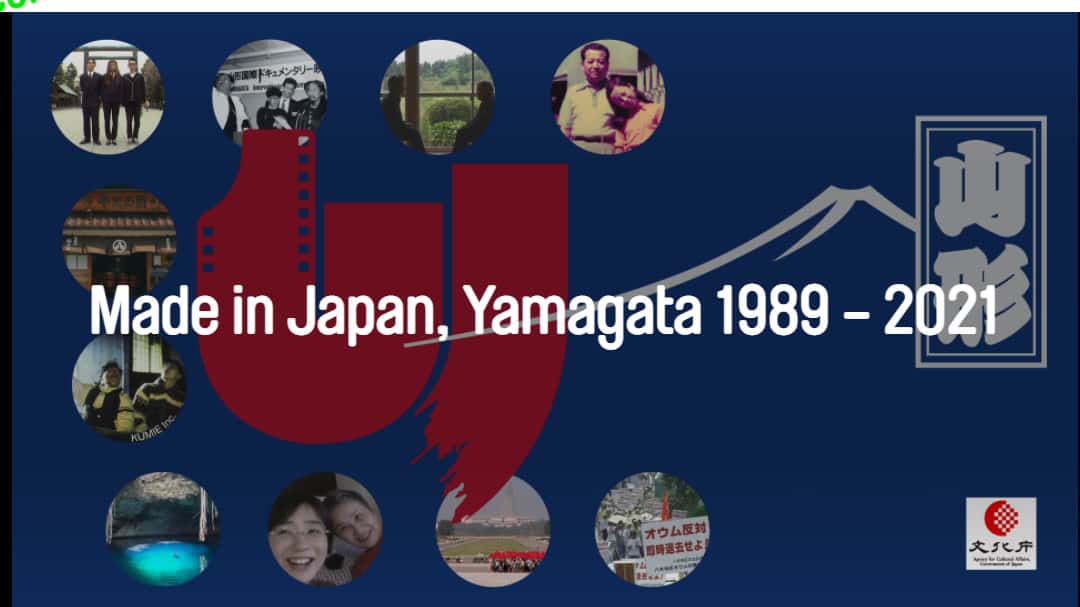
The folk storytellers are Masako Ito, Ken Sasaki, and Reiko Sato who, either in their homes or gathered at Kurikomayama in Miyagi Prefecture, talk to folklore scholar Kazuko Ono, founder of the Miyagi Folkgroup. The documentary follows a certain motif, starting with a series of folktales, before Ono dwells a bit more in the personal lives of the narrators, and particularly the hardships they faced in their youth, which also mirror her own. A number of scenes inside cars, as Ono is moving from area to area, feature her explaining the background of the folk tales and their occasional hidden meanings. In that fashion, the one with the monkey who ended up marrying the daughter of a farmer is actually a metaphor where the animal symbolises the rich.
The rest of the stories, some of which are different versions of the same one, follow the same path, as they include a group of frogs, a shrimp and an eagle, a gambling god, and most amusingly, the talking bottom of a rich lady and the way a priest managed to wipe it, in the most amusing story of all, courtesy of Masako, who even changes her voice when making the voice of the bum.
The documentary serves one of the most important purposes of the medium, as it records the voices of people who would not have been heard otherwise, while highlighting the connection between oral storytelling and reality in the best fashion. Ono is a great interviewer, being polite and responsive, while the fact that she is enjoying herself as much as the narrators becomes obvious and adds intensely to the entertainment the movie offers. Furthermore, the framing by DPs Yukiko Iioka, Yoshio Kitagawa and Yasuyuki Sasaki is occasionally impressive, particularly in the ways windows and the various embroidered walls in the house of the interviewees are implemented.
On the other hand, at 120 minutes, and particularly considering the “talking heads” approach and the fact that the whole of the documentary comprises solely of narration, which can be quite monotonous at times, the movie definitely overextends its welcome, to the point that is difficult to follow after a point.
“Storytellers” is an important film, particularly considering its context, purpose, and overall cinematic artistry. At the same time, though, it is too long, and essentially addresses a very specific audience that is doubtful if it can be found outside of Japan at all.


